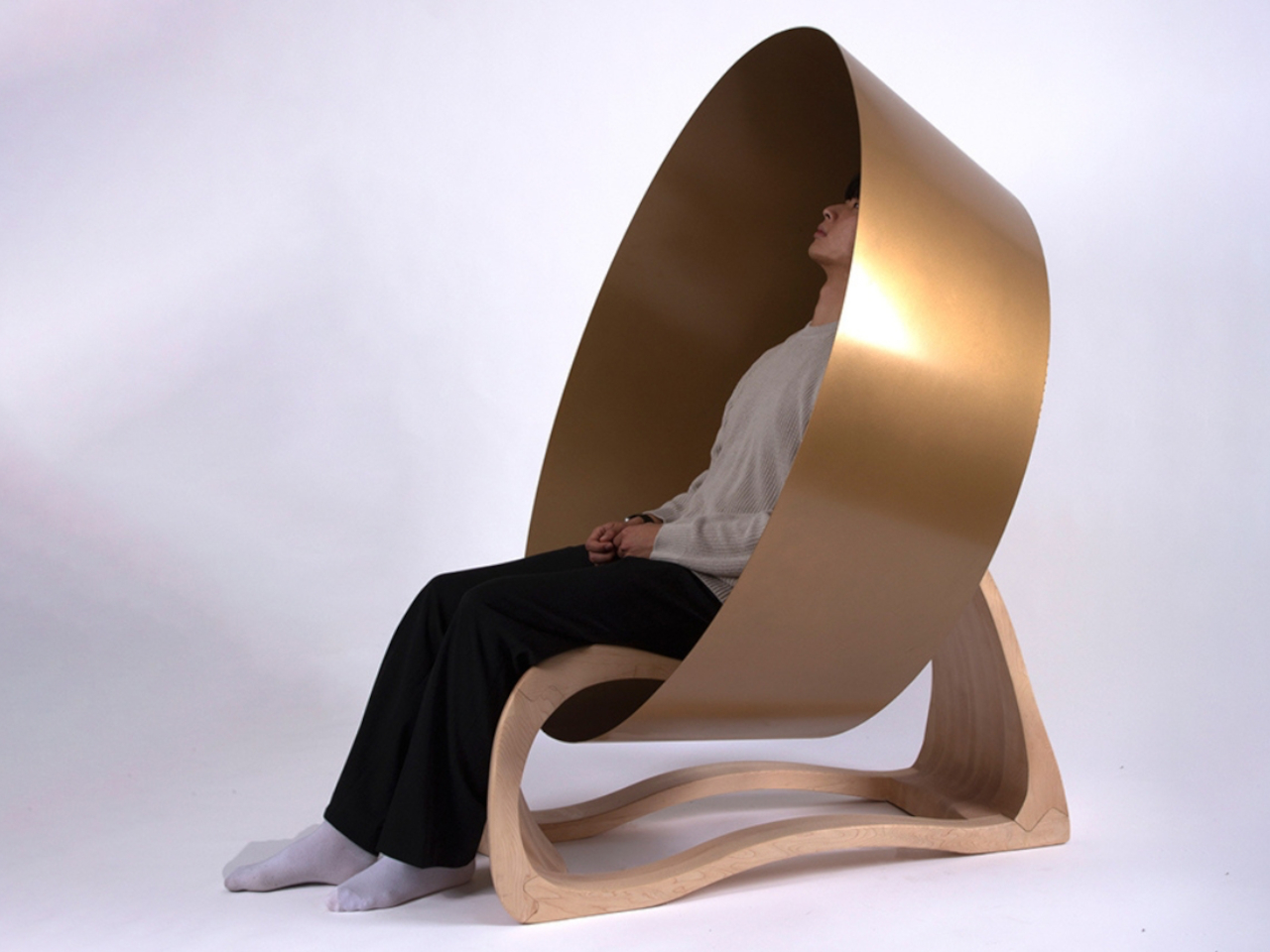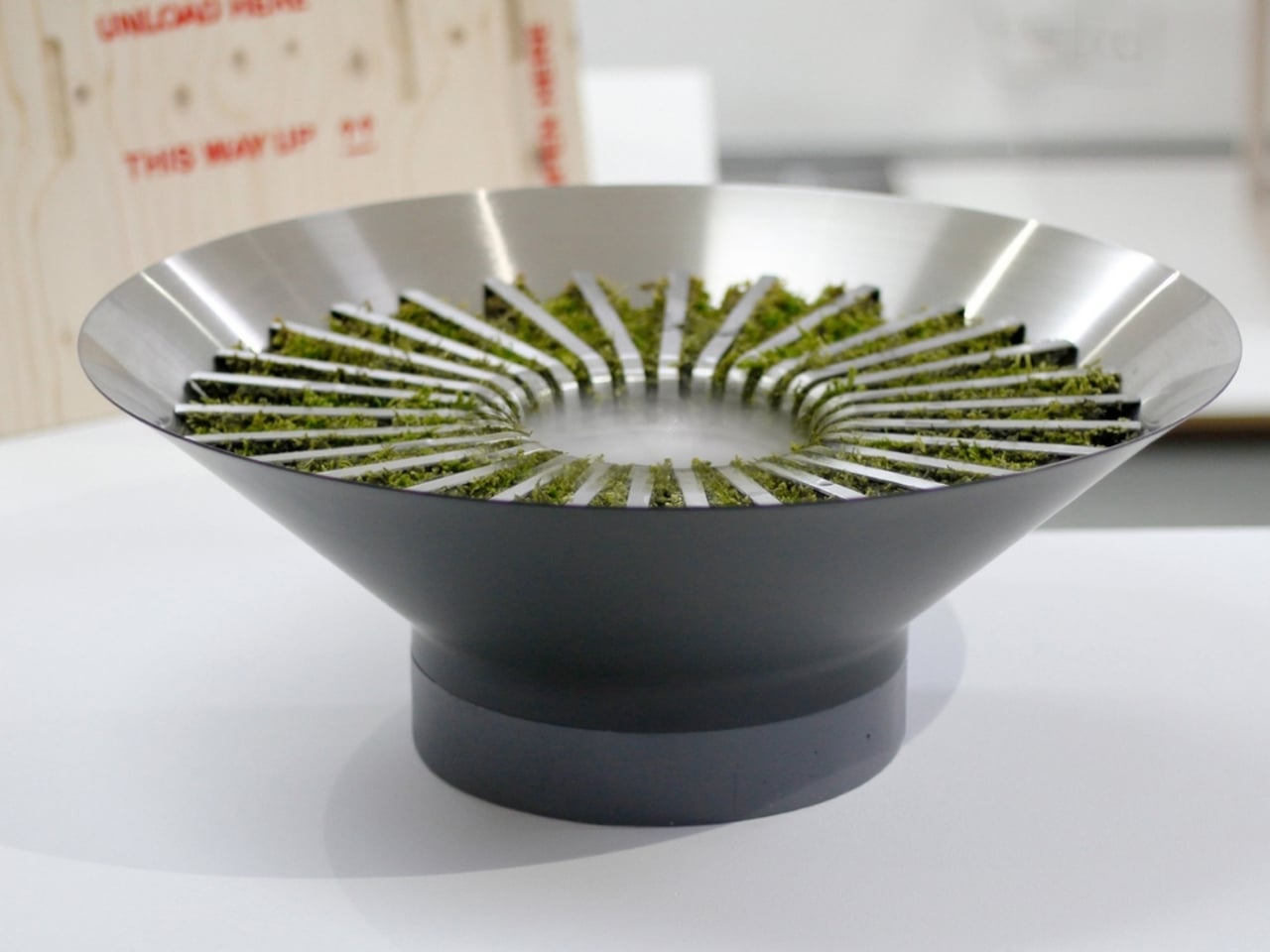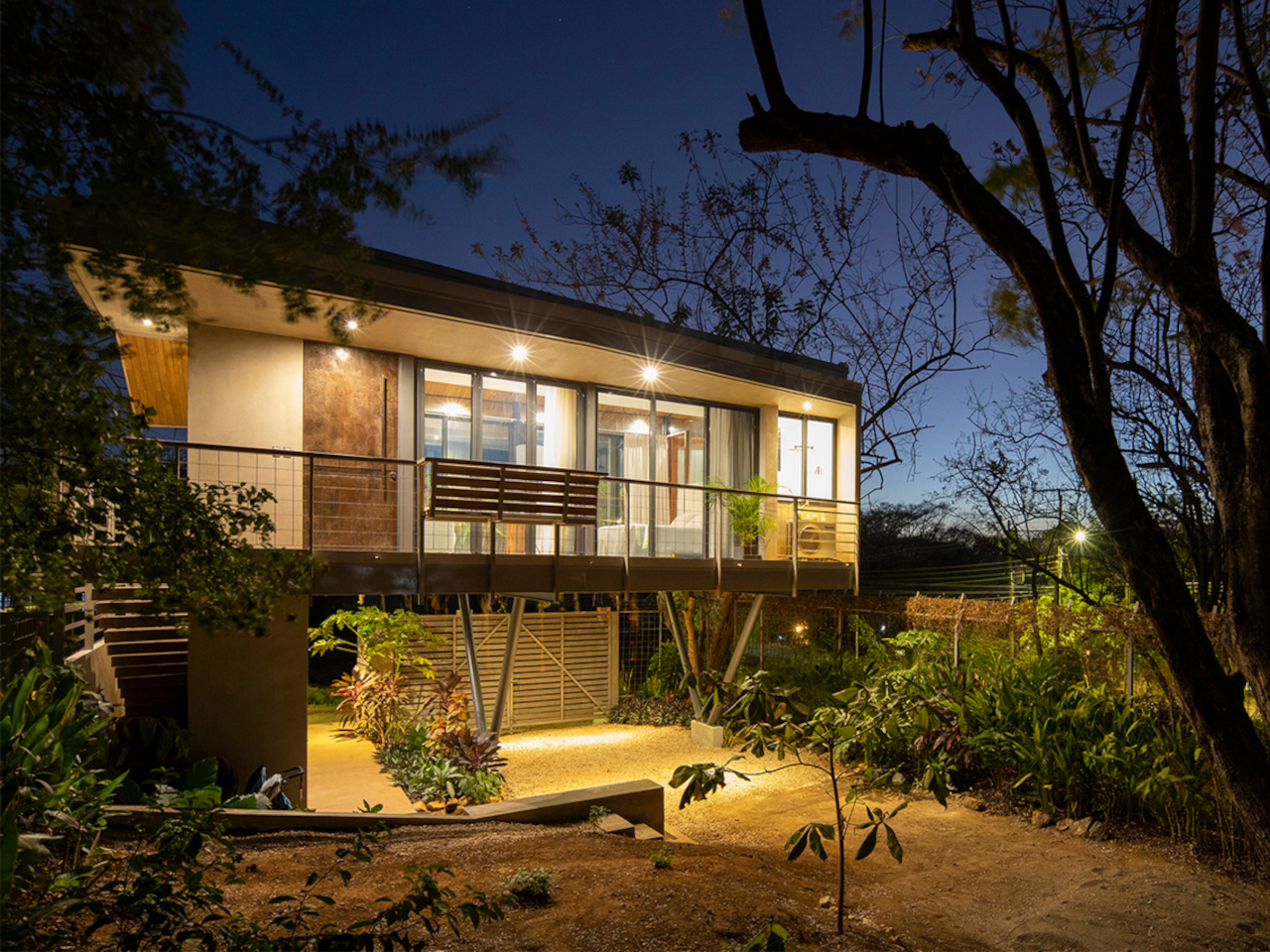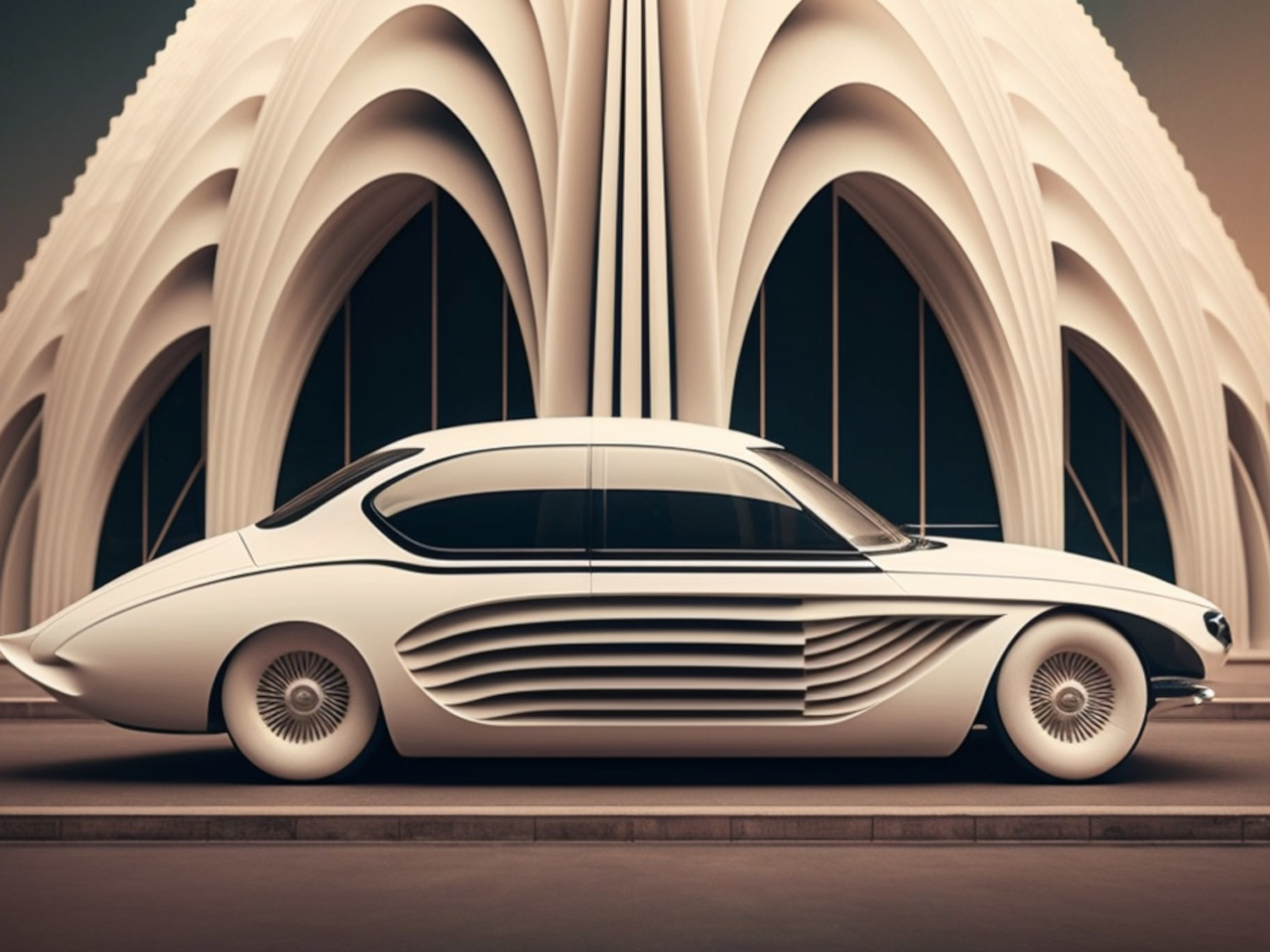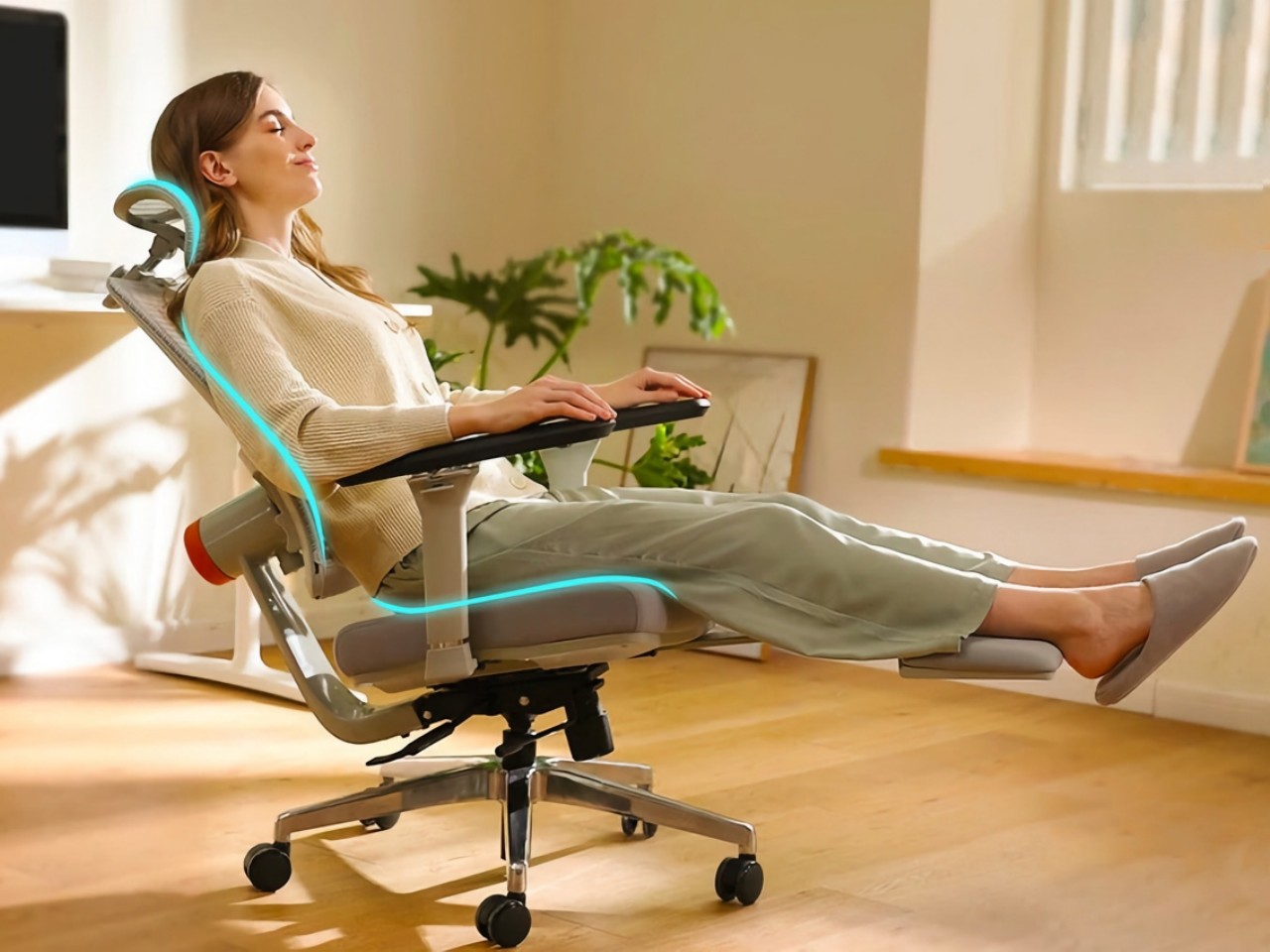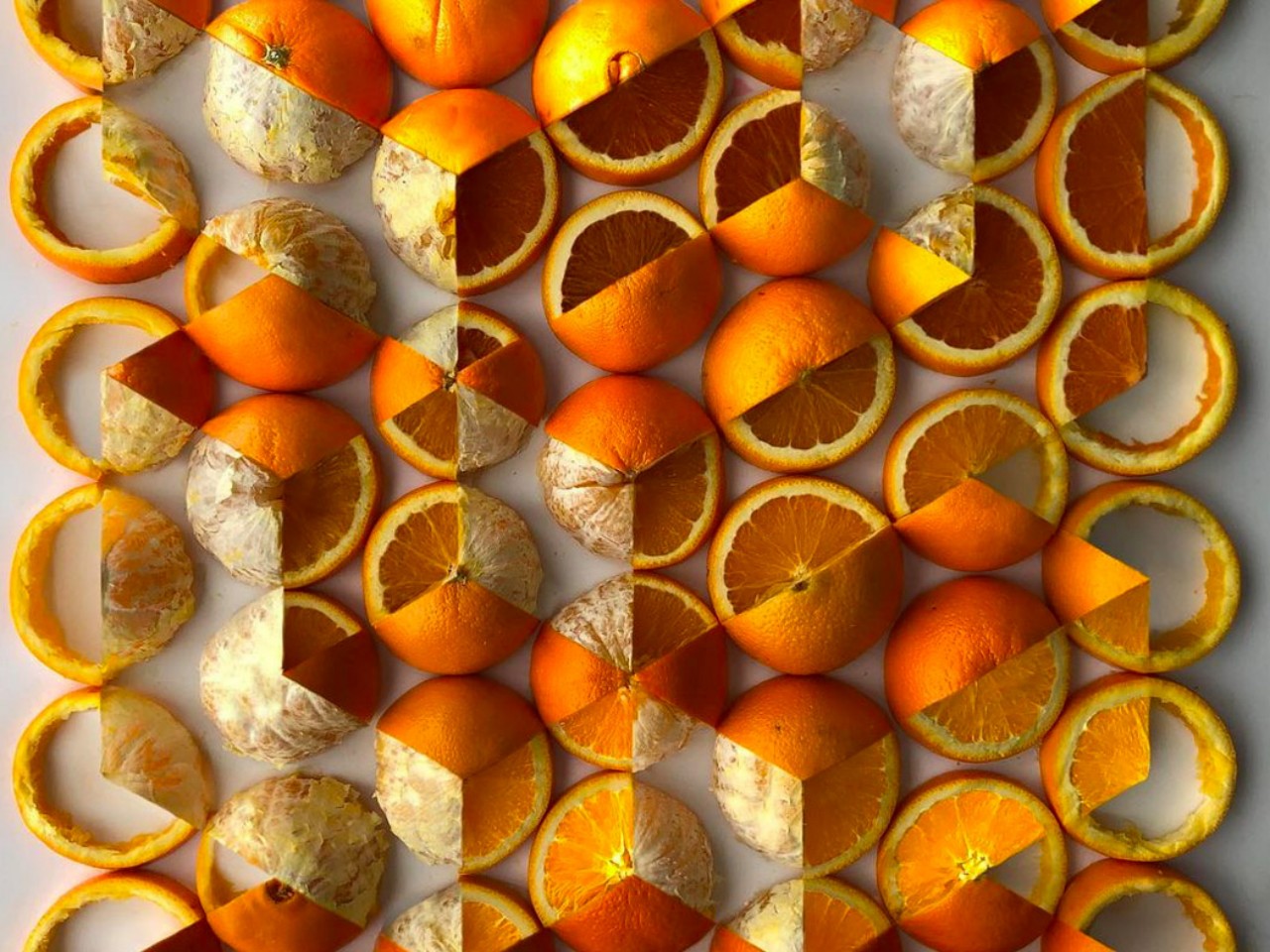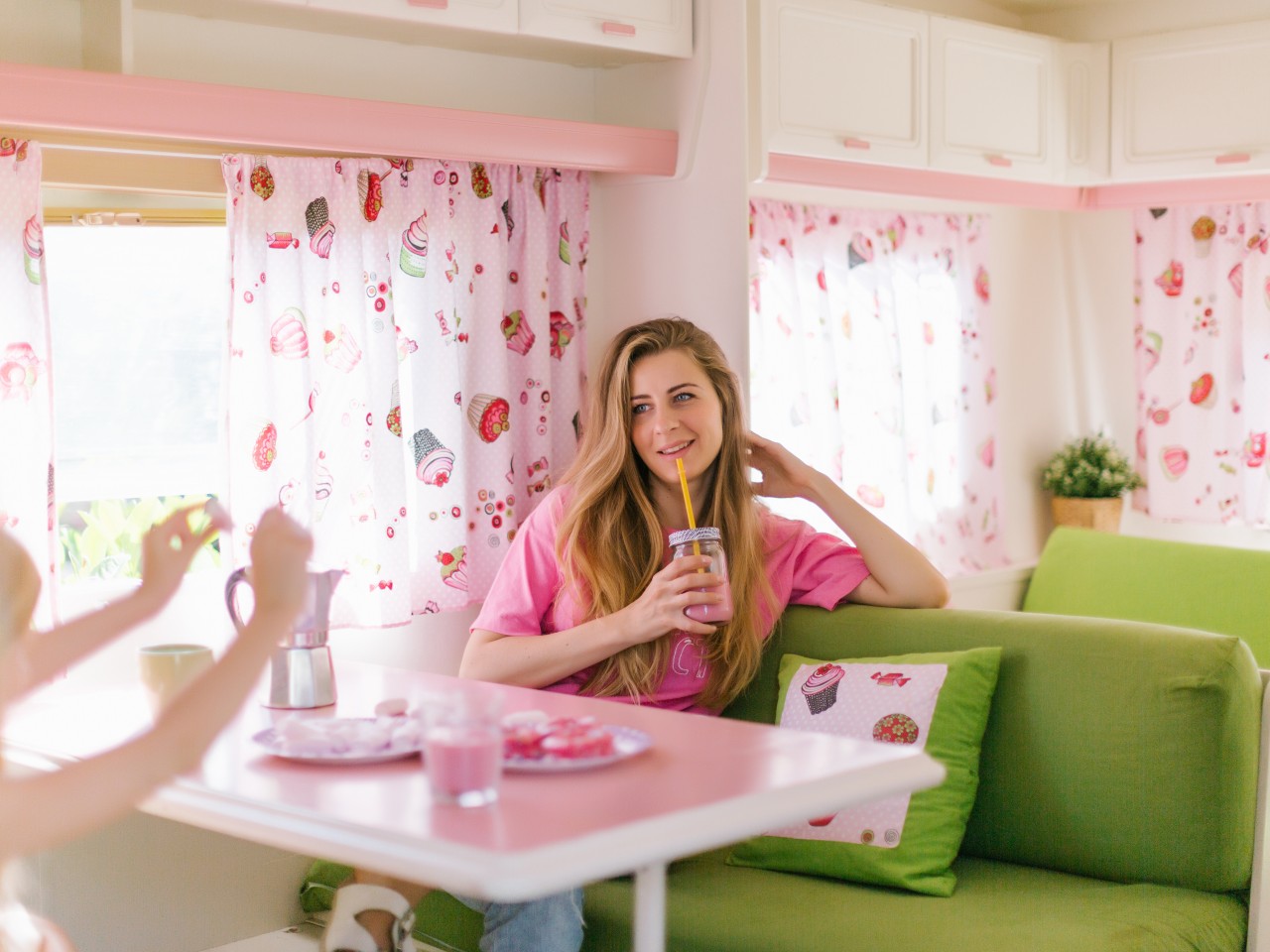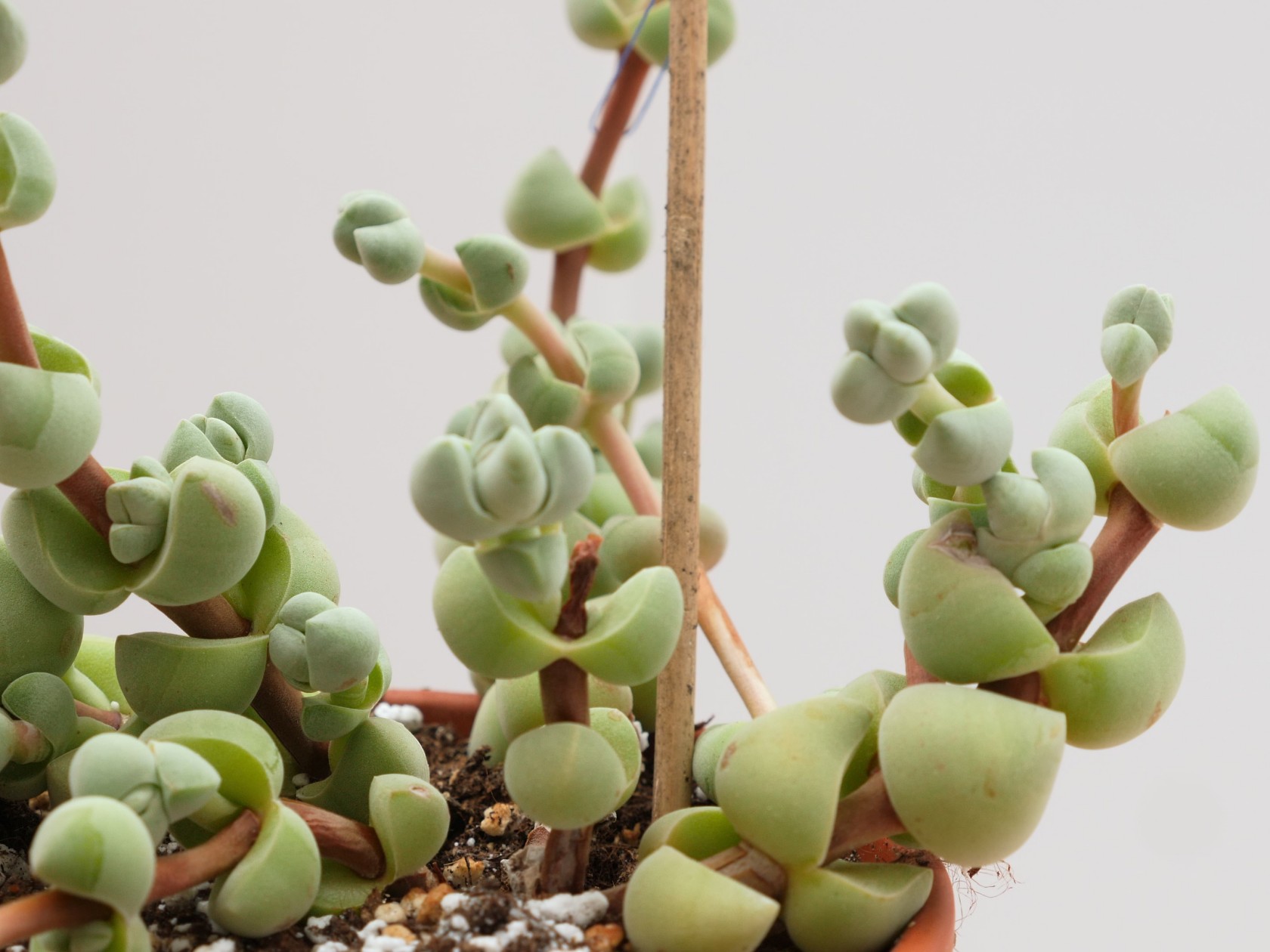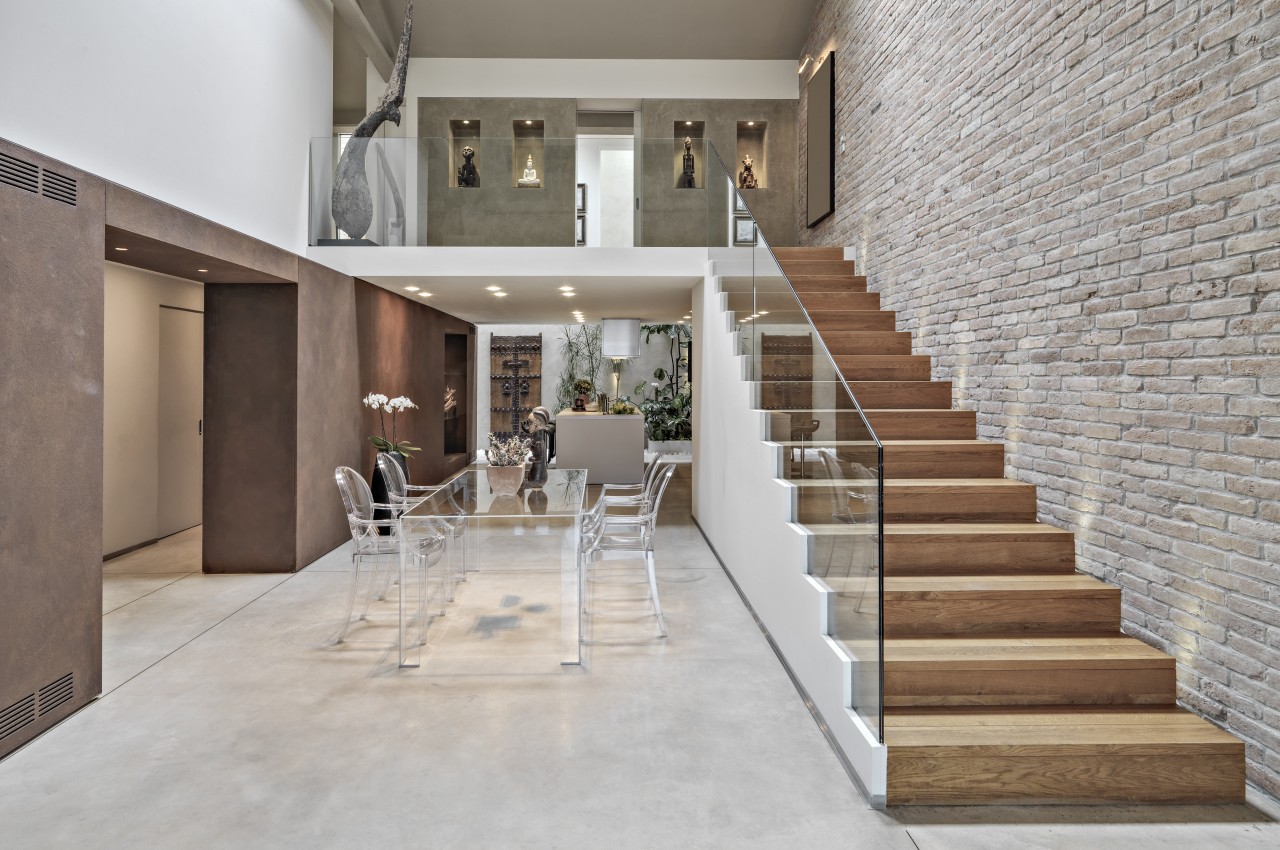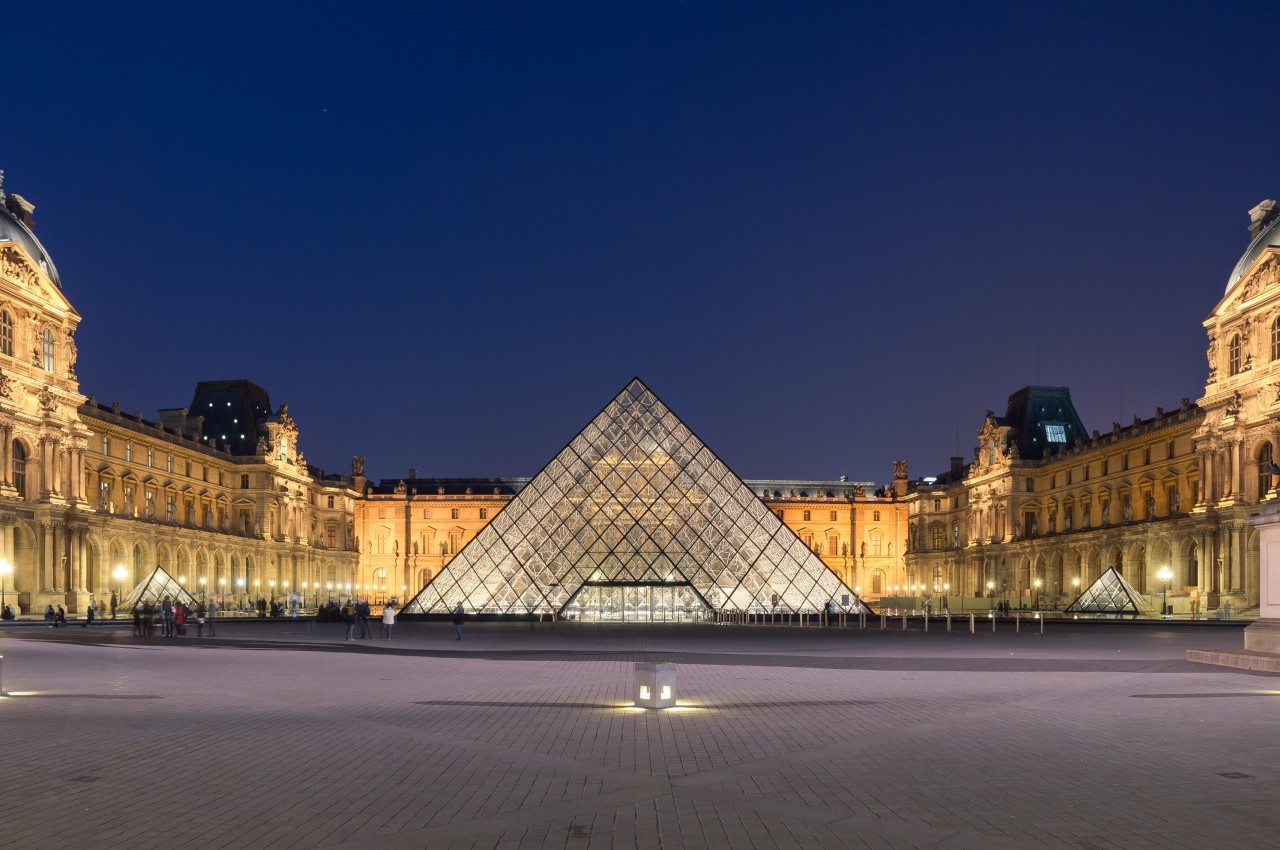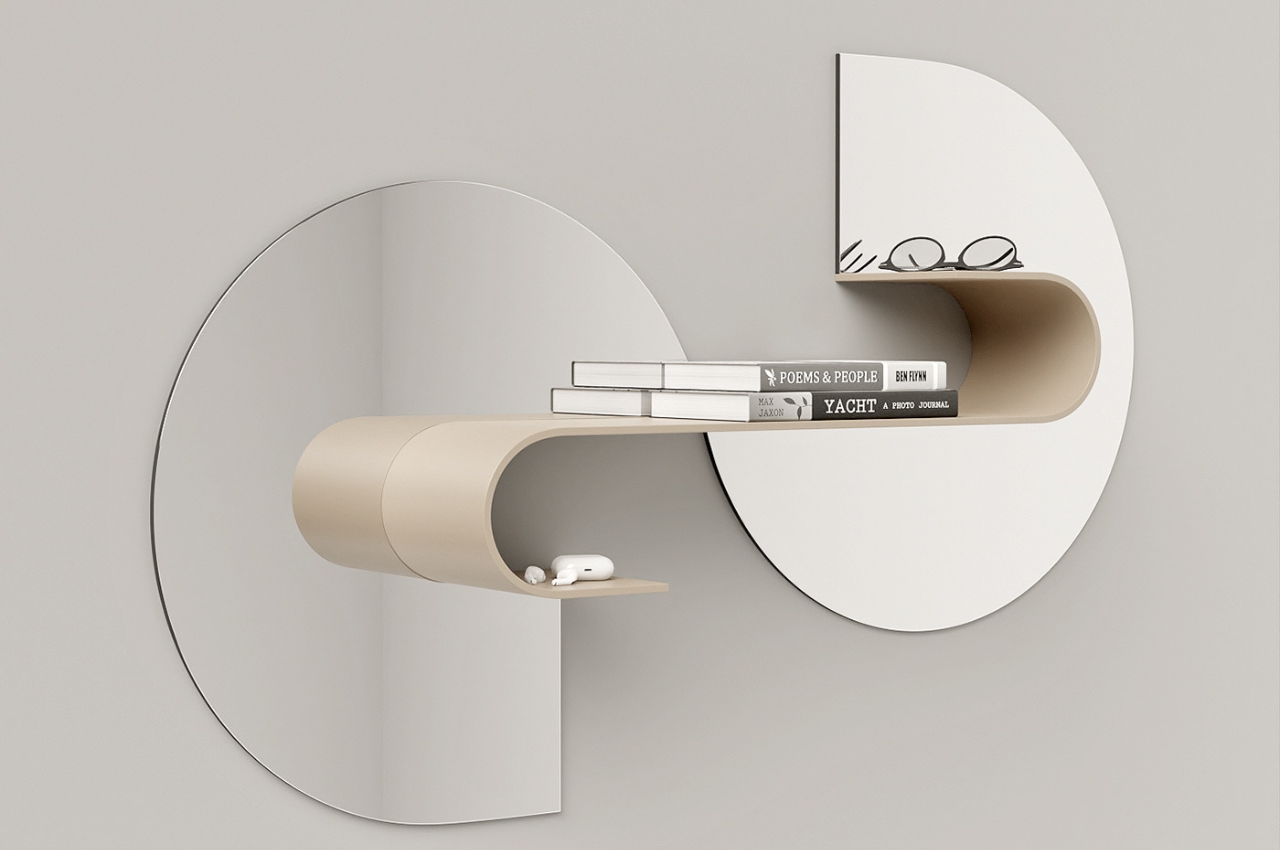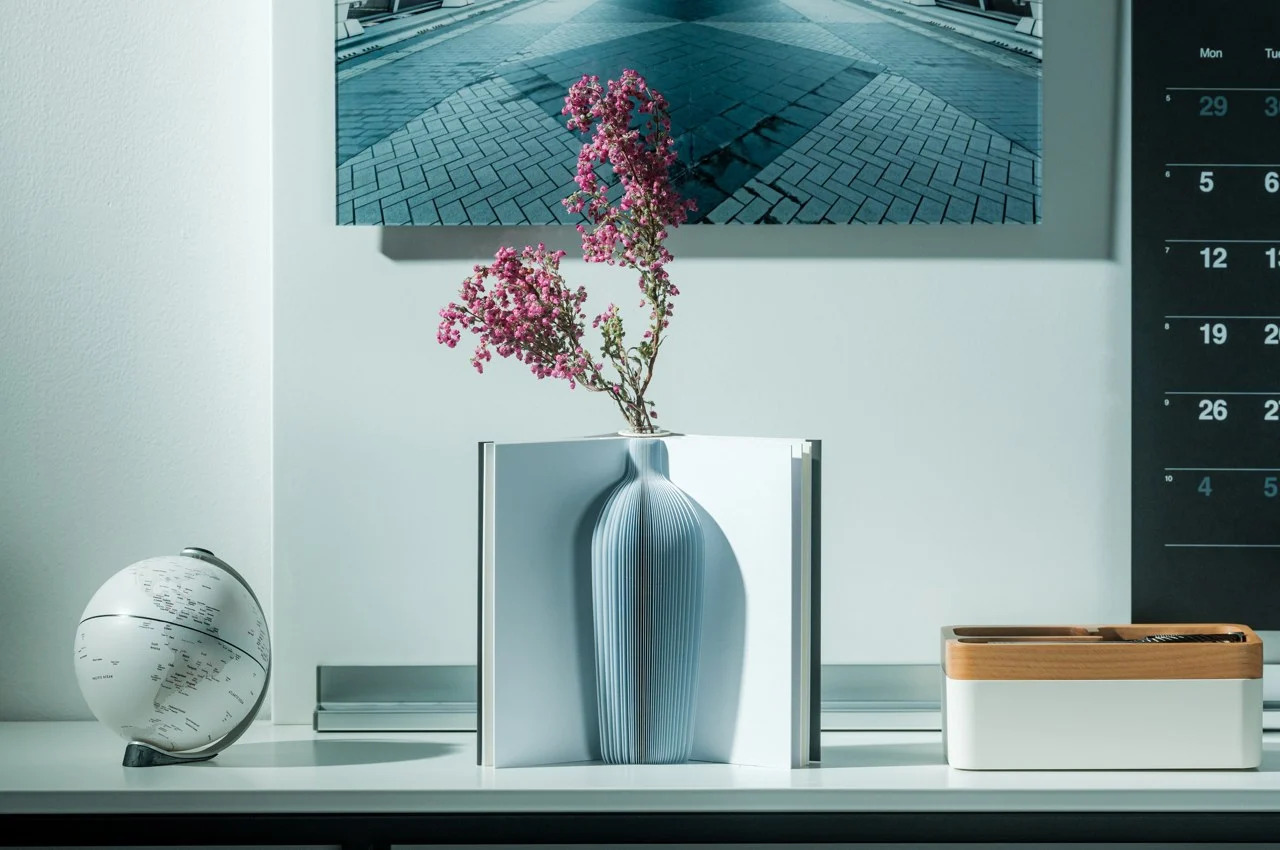Top 10 Products That Elevate Your Meditation Practice
![]()
Meditation is known to offer mental well-being benefits by encouraging the observation of thoughts neutrally before refocusing attention on the breath or another focal point. Essentially, meditation encourages observing thoughts and emotions without fixating on positives or avoiding negatives. Even though meditation doesn’t demand equipment, meditation apps, cushions, chairs, pods, and innovative products could provide a helpful start and assist in sustaining the routine.
Designer: Lee Ye Chan
1. Meditation Chair
![]()
![]()
For anyone seeking a momentary escape from stress, the “Goyo” chair offers a compact solution. This avant-garde piece draws inspiration from Tibetan singing bowls used in meditation, featuring a rounded steel design that cocoons you in tranquility. The chair’s bowl-like shape, complemented by a smooth maple wood seat and stand, cocoons you, shielding you against stressors. Its ergonomically angled backrest and seat enhance comfort during meditation, while the option to strike the bowl produces soft, soothing sounds. While it has museum-like appearance, the chair is designed for relaxation and comfort, providing a peaceful oasis within a hectic day.
2. Outdoor Chair
![]()
![]()
Designer: Eun Whan Cho (Mootaa)
The Amplification Of The Senses Chair is a uniquely designed public seat along Seoul’s Han River. It enhances the environment’s natural sounds to create a relaxing ASMR experience. Crafted to encourage reflection and tranquility, the chair’s megaphone-shaped backrest amplifies river and nature sounds while blocking peripheral vision for focused serenity. Made from recycled plastic waste, it’s an eco-friendly effort that cleanses both the environment and the mind. Nature-focused, sustainable, and calming, these chairs redefine relaxation and environmental responsibility.
3. Meditative Pods
![]()
![]()
Designers: Deepak Chopra, Yves Behar, fuseproject for OpenSeed
The Iris pod, designed by Deepak Chopra and Yves Behar, offers a tranquil sanctuary amid bustling environments. As remote work reshapes office dynamics, integrating purposeful breaks has gained significance. Iris pods, a collaboration between OpenSeed, Deepak Chopra, fuseproject, and Yves Behar, address this need. These meditation pods, located in high-traffic areas like offices, cocoon users in peaceful isolation. Studies reveal that using Iris pods enhances workflow and meditation benefits. The pods feature essential oils, immersive sound and light tech, and guided meditations curated with Chopra’s expertise.
![]()
![]()
Designers: Mike & Maiike
A collaboration between a design studio and Headspace has birthed the Headspace Pod – a unique furniture piece designed for public spaces like offices, universities, and lobbies. Resembling a large curved mailbox, it offers a cushioned seat and backrest for comfortable meditation sessions. Free from screens or plugs, the pod promotes distraction-free meditation, aided by built-in directional audio. Three buttons inside the pod allow you to choose from 10-minute sessions for relaxation, refreshment, or focus. While not fully enclosed, its ergonomic design aims to provide a calming and focused atmosphere. Tailored for breaks in various public spaces, the Headspace Pod introduces a new way to meditate.
![]()
![]()
Designer: Thilina Liyanage
Experience nature-infused meditation with the Lakeside Meditation Pod by architect Thilina Liyanage. Resembling an egg or conch shell, this outdoor space floats on a lake, immersing yoga practitioners in natural tranquility. The pod accommodates up to 5 individuals and an instructor, accessed via a short staircase. Crafted from wood and composite panels, it blends seamlessly with its environment. Liyanage’s biophilic design approach shines through, harmonizing architecture and nature. The pod’s unique aesthetic and lakeside position offer a serene setting for meditation, capturing the essence of both design and mindfulness.
4. Yoga Friendly Cushion
![]()
![]()
Designer: Zmind Design
The Float Meditation Cushion ingeniously supports ergonomic comfort in yoga poses like the simplified lotus (padma asana) and kneeling (vajra asana). Molded foam achieves an ideal blend of firmness and comfort, enabling lengthy meditation without ankle or knee strain. Like an ergonomic office chair for meditation, the Float ensures proper limb, hip, and spine alignment, negating yoga mat-induced slouching. Rooted in ancient Indian and Japanese practices, the cross-legged and seiza kneeling poses offer digestive benefits, flexibility, improved blood flow, posture enhancement, focus, anxiety reduction, and energy revitalization. Welcoming beginners, the cushion aids in adopting these postures comfortably on any surface. Designed for simplicity and portability, it incorporates a strategic handle-like cutout, akin to a yoga mat’s convenience. Emphasizing optimal meditation posture, the cushion accommodates seated and kneeling positions and incorporates a magnetic attachment for added lumbar support by extending the backrest.
5. A Foldable Bed
![]()
![]()
Designer: Yves Behar for Opus
Integrating ‘Spatial Sound and Vibration with Established Healing Techniques’, the Opus SoundBed![]() presents a distinct folding design that compacts to ottoman pouf dimensions. Designed by acclaimed designer Yves Béhar of fuseproject, the bed transcends being merely a therapeutic tool, resembling a chic accessory adaptable to any room and easily unfurled for meditation and healing. When fully expanded, the bed aims to offer an immersive home experience that rejuvenates the body and rejuvenates the nervous system. Through comprehensive body vibrations and spatial sound, it introduces an enhanced therapeutic approach that aids in stress reduction and the release of happiness-associated hormones.
presents a distinct folding design that compacts to ottoman pouf dimensions. Designed by acclaimed designer Yves Béhar of fuseproject, the bed transcends being merely a therapeutic tool, resembling a chic accessory adaptable to any room and easily unfurled for meditation and healing. When fully expanded, the bed aims to offer an immersive home experience that rejuvenates the body and rejuvenates the nervous system. Through comprehensive body vibrations and spatial sound, it introduces an enhanced therapeutic approach that aids in stress reduction and the release of happiness-associated hormones.
6. Meditation Headset
![]()
![]()
Designer: Layer Design for Resonate
In today’s stress-ridden world, a tech-integrated meditation headset offers much-needed solace. Layer Design’s LightVision headset, crafted for Resonate, transforms meditation into an enchanting experience. LED lights create dynamic visuals that emerge as biomorphic patterns, engaging closed eyes to trigger the brain’s frequency-following response. Wrapped in textile casing, the minimal, ergonomic design comfortably envelops the face, fostering distraction-free tranquillity. While its effectiveness raises intrigue about potential eye strain, if resolved, this headset could be the stress-relieving catalyst sought by the modern world. By merging sensory input and technology, it elevates meditation routines, potentially ushering in a new era of mental well-being.
7. Desktop-Friendly Zen Garden
![]()
![]()
Designers: Project Rotate x Yuki Kawae
Scaled for desktop Zen gardens, Project Rotate and Zen Garden artist Yuki Kawae collaborate on a collection of Kawaerakes and hand rakes. These downsized tools bring the meditative art of sand raking to compact spaces. Groove and ridge sets, each comprising six handheld rakes, offer diverse sand designs with their natural wood handles and white trimming. Kawae’s traditional hand rakes, featuring longer handles, allow for intricate designs. Completing the set is a sand leveller for a fresh start. Project Rotate’s simple yet innovative rake profiles amplify creative possibilities, enhancing the Zen Garden experience with intuitive tools for mindfulness and imagination.
8. Hand-held Meditation Device
![]()
![]()
Designer: MindNap
The portable MindNap device enhances meditation by guiding deep breathing. With thumb-placed metal pads detecting biosignals, it vibrates gently for inhaled and exhaled cues. Paired with an app, one can choose from creativity, focus, relaxation, or energy settings. By analyzing internal cues like heart rate and BMP, it tailors breathing patterns to desired states, reducing stress and anxiety while improving focus and creativity. It energizes too, boosting blood flow. Available in two colors, the MindNap includes a portable leather case for on-the-go clarity and sanity in today’s demanding times.
9. Zen Alarm Clock
![]()
![]()
Designer: Mudita
For non-morning people, the Mudita Bell calming alarm clock offers a natural wake-up call based on circadian rhythms. It replaces pre-sleep phone scrolling with its E-Ink screen, reducing blue light exposure. Minimalist design soothes eyes pre-bed and upon waking. With acoustic sounds, it gently wakes without irritation. The clock tracks air quality and suggests improvements like humidifiers for healthier sleep. It also includes preset meditation timers, promoting overall wellness.
10. Breathing Assistive Stone
![]()
![]()
Designers: Wenxi Qi and Hengbo Zhang
Ayama, an iF Design Talent Award-winning device, aids anxiety with rhythmic breathing. Resembling a stone, it expands and contracts using integrated motors for pranayama techniques, clearing energy channels to induce calm. Intuitive and adjustable, Ayama offers modes like ujjayi and kapalabhati to combat stressors, enhancing focus and tranquility. The wireless charging zen garden serves as a reminder for emotional well-being. By simplifying pranayama, Ayama empowers users to battle anxiety’s challenges, promoting relaxation and balance through a button-press and controlled breath.
To initiate your meditation practice, try experimenting to discover what aligns with your personality and daily routine. Begin with straightforward techniques, gradually extending your session time, without feeling obligated to engage in lengthy sessions.
The post Top 10 Products That Elevate Your Meditation Practice first appeared on Yanko Design.
